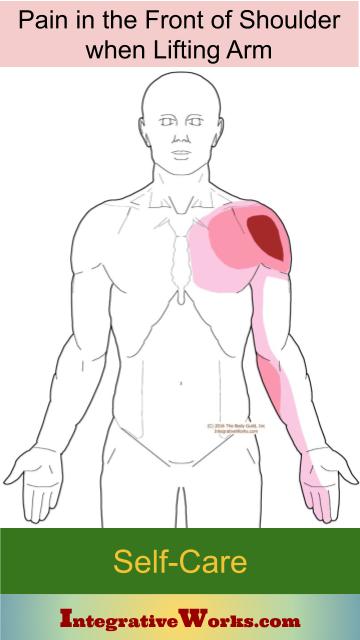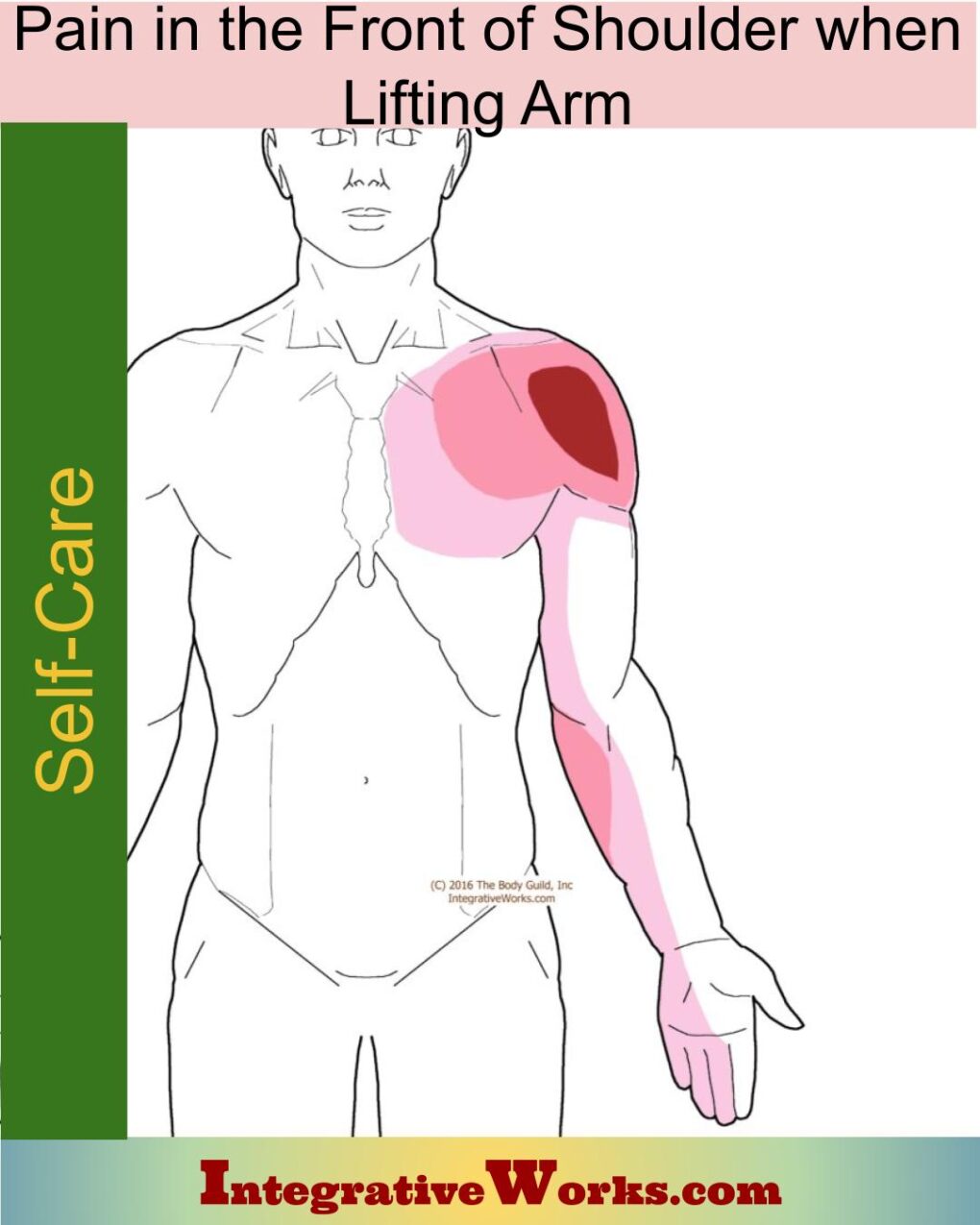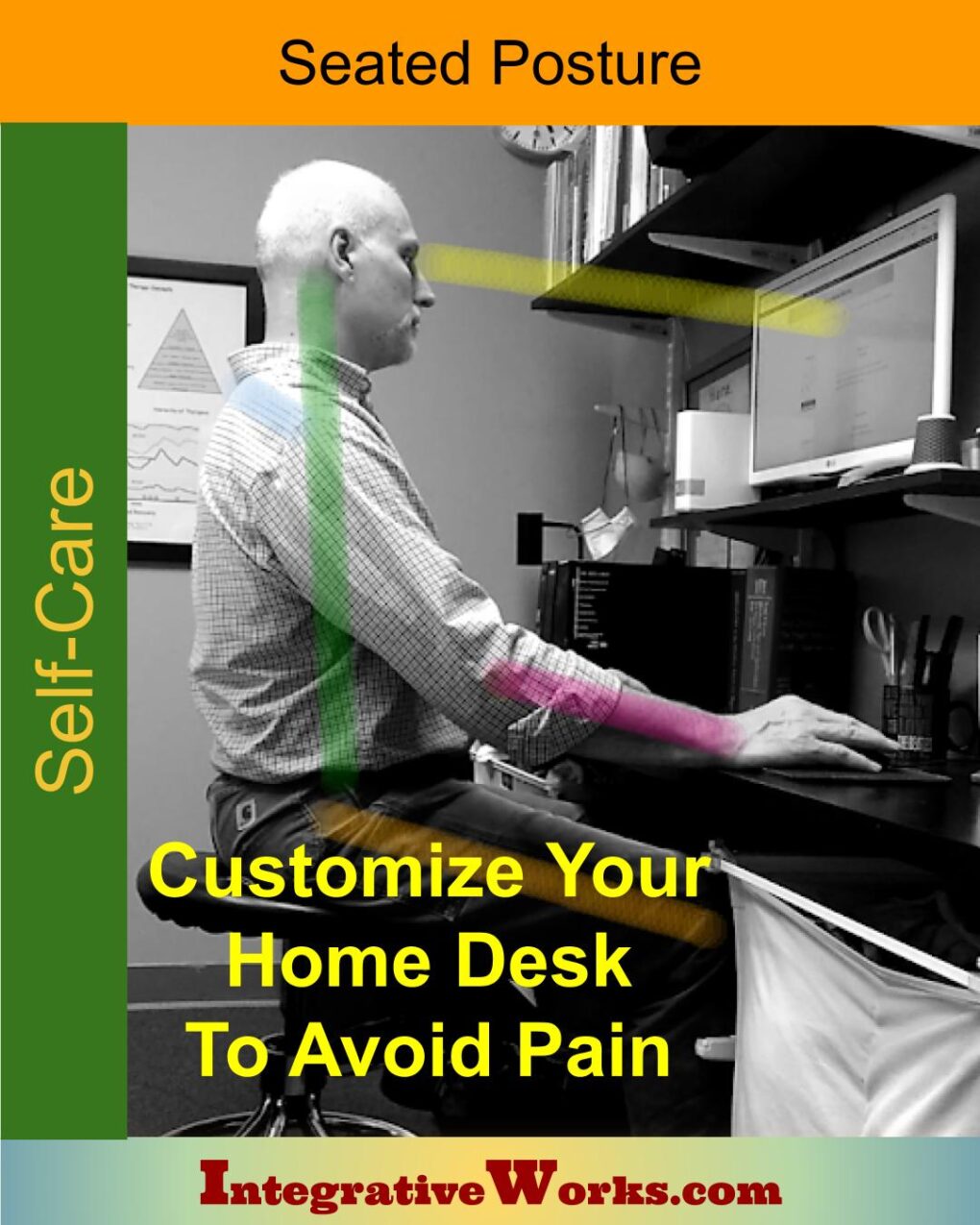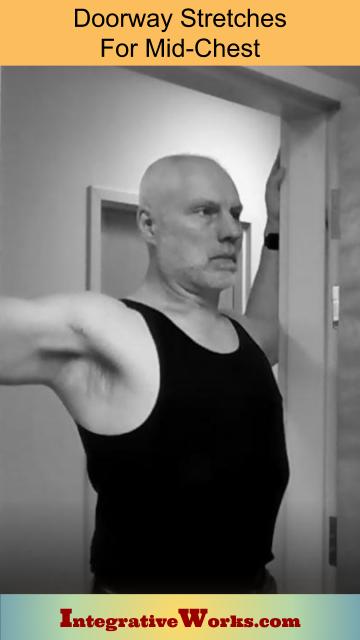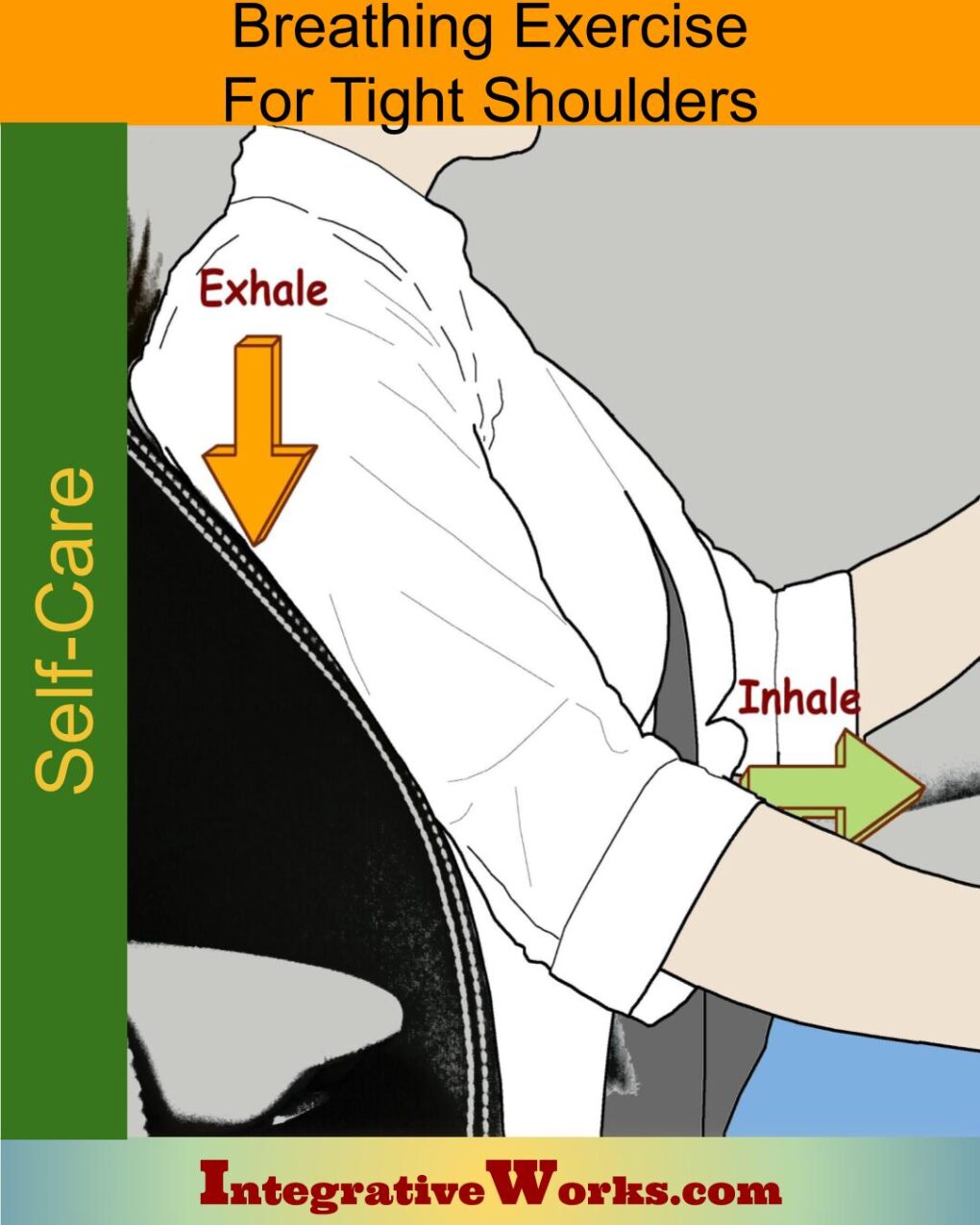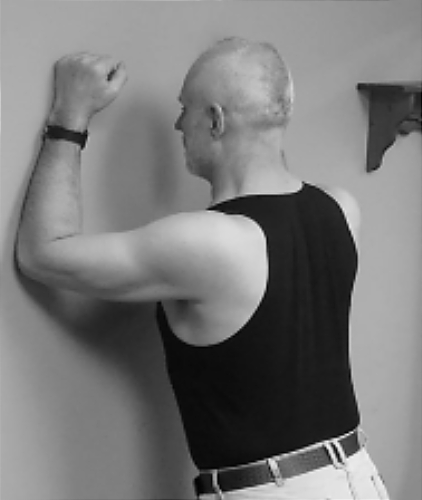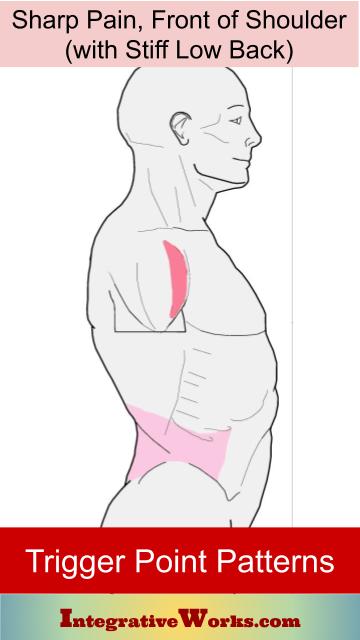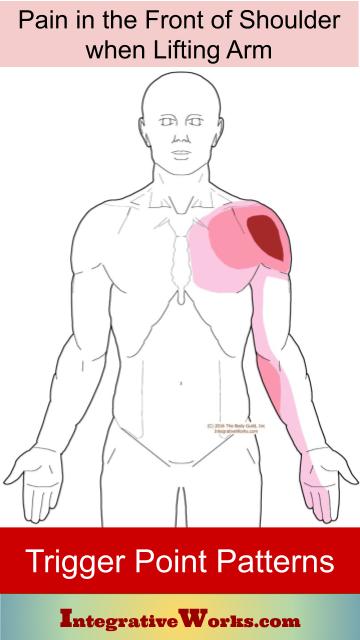Table of Contents
- Activities to Avoid or Change
- For Temporary Relief
- Stretches and Exercises for Longer-Lasting Relief
- Yoga Corner
Overview
Here, you can find self-care strategies for relief on your own from trigger points in the pectoralis minor. Typically, this includes pain in the front of the shoulder when lifting your arm. Additionally, there may be pain in the forearm and occasionally the hand. In this other post, you can read more about how people describe this pain and activities that typically create the problem. You can usually get lasting relief with the recommendations below.
Activities To Avoid or Change:
Posture
This typically comes in one of two postures: rounded shoulders with short tight pecs and shoulder blades that lay close to the back or high and tight shoulders with overstretched pecs and shoulder blades that wing out.
Leaning on your Elbows
Working on a low desk with a laptop can also lead to hooked shoulders and a short, tight pectoralis minor as well.
Most people see themselves with slumped shoulders and don’t really recognize when the shoulders are high, tight, and need to be brought down. In those cases, the person usually leans on their elbows while working. This overstretches the pec minor and shortens the middle section of the serratus anterior to support the posture. You can read about that in this post.
The Backpack
For high, rounded shoulders, avoid backpacks or a shoulder bag. Many people note that the problematic shoulder is shaped just right for holding a bag.
Improve the ergonomics
at your home or office.
This post offers some great ideas for actively sitting without support or sitting with supports that help you avoid pain and fatigue. There are also suggestions about a few useful accessories.
For Temporary Relief:
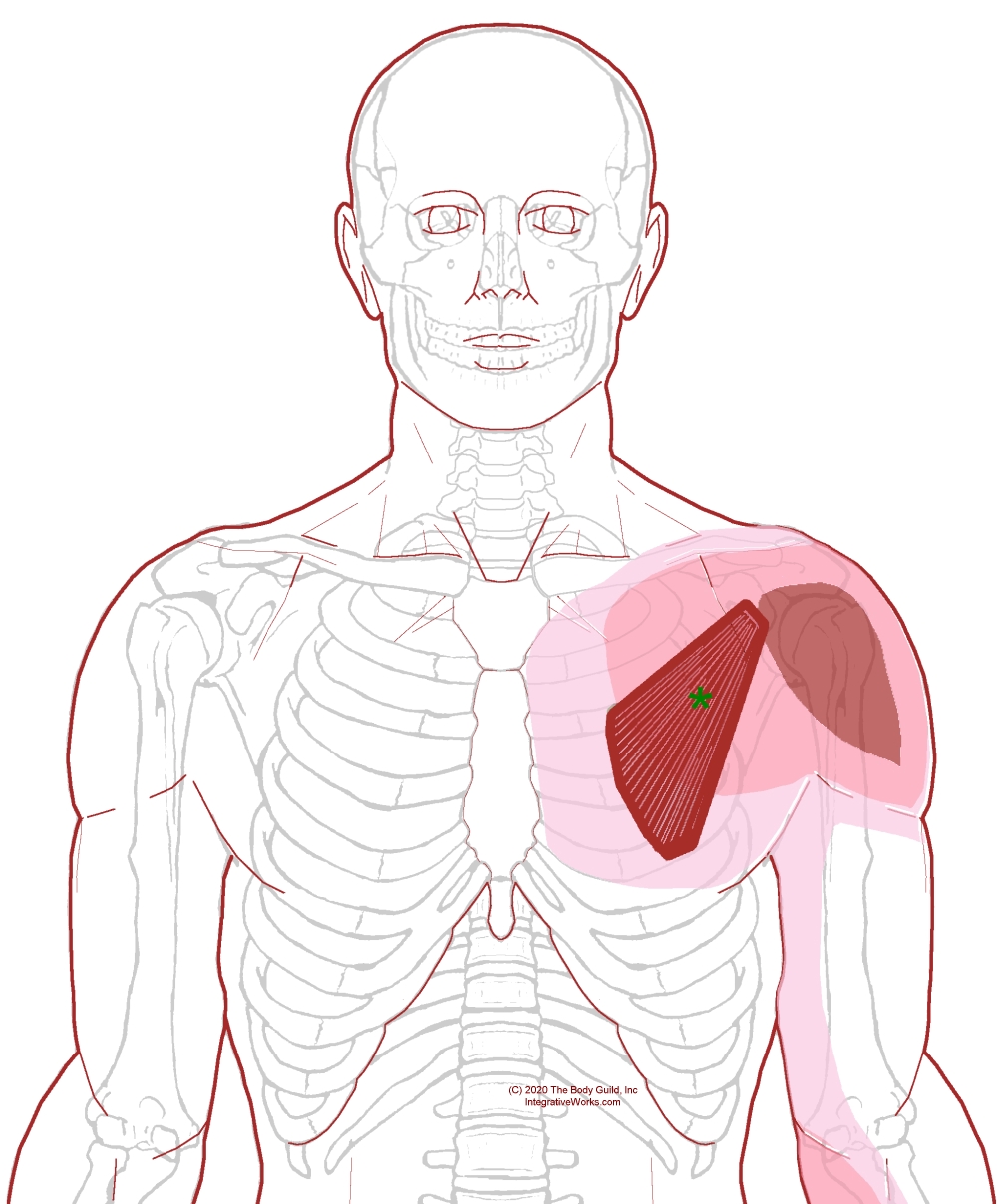
Find the Right Spot
The muscle that creates this pain is not located at the focus of the pain. A topical patch or cream, like IcyHot, can offer relief.
In this illustration, I’ve put a shadow of the pain pattern with a focus of pain in the shoulder. I’ve also illustrated the muscle that causes this pattern in the deepest red.
The trick is to put it in the right place. Cover the area over the muscle. I’ve put the green asterisk for the greatest relief. You could put the patch anywhere, from the focus of pain in the shoulder, to the focus of pain on the forearm or between the shoulder and chest. However, you’ll get the most significant relief from covering the muscle.
This works best under clothing as the fumes from the patch or cream can bother your eyes.
These self-care activities, like over-the-counter drugs, are not intended to replace appropriate medical attention. If you have concerns about these self-care activities, get help from a professional. Use these suggestions and strategies with discretion and at your own risk. See your doctor when your pain is severe, persistent, or not responding to these simple suggestions.
Stretches and Exercises for Longer-Lasting Relief:
For people with Low Shoulders and a Tight, Closed Chest
Easy, Effective Stretching
Doorway stretches need to be done gently at first, with the elbows at chest level on the door frame. Raise the elbows on the door frame as the pecs release and lengthen over several sessions. Finish with the elbows to stretch the clavicular pec over the pec minor. They often work together and have very similar pain patterns.
Two things will speed up this process; using the ice and stretch method or making this a regular habit by doing it several times a day for just a few seconds each time. I had notable changes over several weeks from demoing this for a few clients daily.
For People with High, Tight Shoulders
This is one of the most useful and relaxing exercises that you’ll ever do.
It does so much more than get your pec minor working. It relaxes your neck, opens your breathing, and, well, just try it.
Wall-Push-ups
If you’re less athletic, start with wall push-ups. Push your elbows into the wall so that your shoulder blade moves forward and down. Consequently, this strengthens the extrinsic chest muscles that depress the scapula.
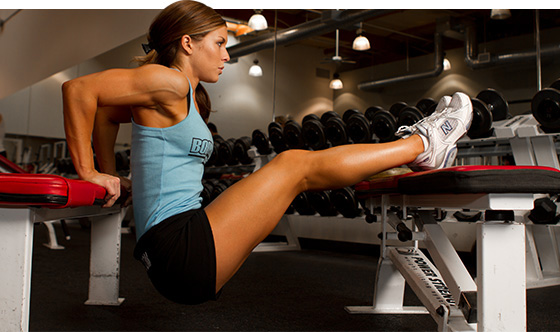
Dips
If you’re more athletic, dips are probably right for you. Bench dips like this are good. Chair dips with your arms beside you are even better.
Press down as you reach the top of the motion. This focuses on contracting the pecs and lowering the shoulders.
So, if you’re doing those dips on parallel bars with the weight hanging between your legs, you probably aren’t reading this post for yourself.
I’d love your feedback on how this works for you and any suggestions you might have.
Email me at integrativeworks@gmail.com.
Yoga Corner
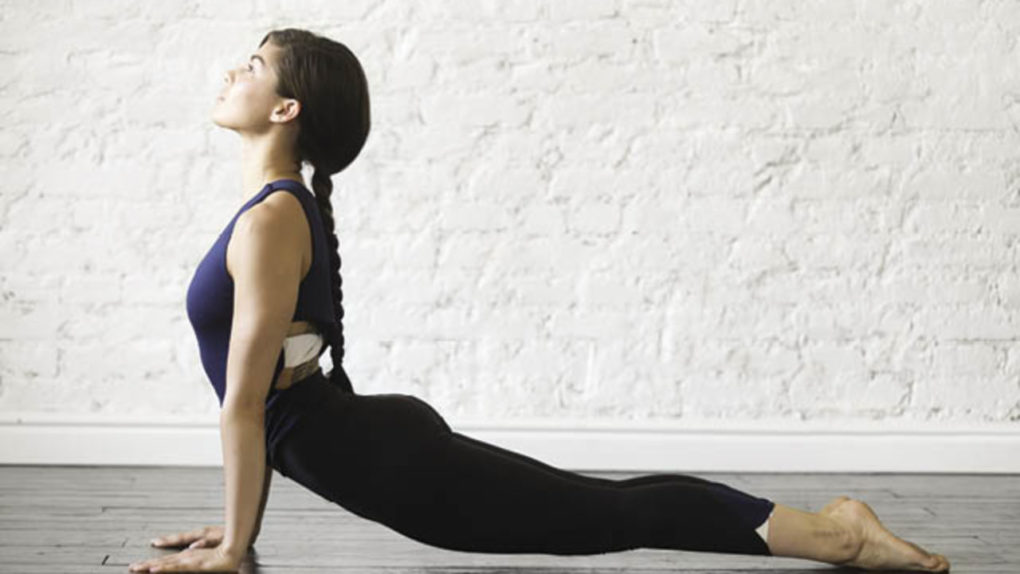
If you’re a yoga practitioner, work on getting your shoulders lowered on poses like the upward facing dog. This practitioner has done a great job of contracting her scapular depressors.
This trigger point also creates sharp pain when reaching up or forward. It is a different muscle with very different self-care for relief.
If you’re not succeeding with these strategies, get in touch with your trigger point specialist. They will know how to make lasting changes.
Support Integrative Works to
stay independent
and produce great content.
You can subscribe to our community on Patreon. You will get links to free content and access to exclusive content not seen on this site. In addition, we will be posting anatomy illustrations, treatment notes, and sections from our manuals not found on this site. Thank you so much for being so supportive.
Cranio Cradle Cup
This mug has classic, colorful illustrations of the craniosacral system and vault hold #3. It makes a great gift and conversation piece.
Tony Preston has a practice in Atlanta, Georgia, where he sees clients. He has written materials and instructed classes since the mid-90s. This includes anatomy, trigger points, cranial, and neuromuscular.
Question? Comment? Typo?
integrativeworks@gmail.com
Interested in a session with Tony?
Call 404-226-1363
Follow us on Instagram

*This site is undergoing significant changes. We are reformatting and expanding the posts to make them easier to read. The result will also be more accessible and include more patterns with better self-care. Meanwhile, there may be formatting, content presentation, and readability inconsistencies. Until we get older posts updated, please excuse our mess.
